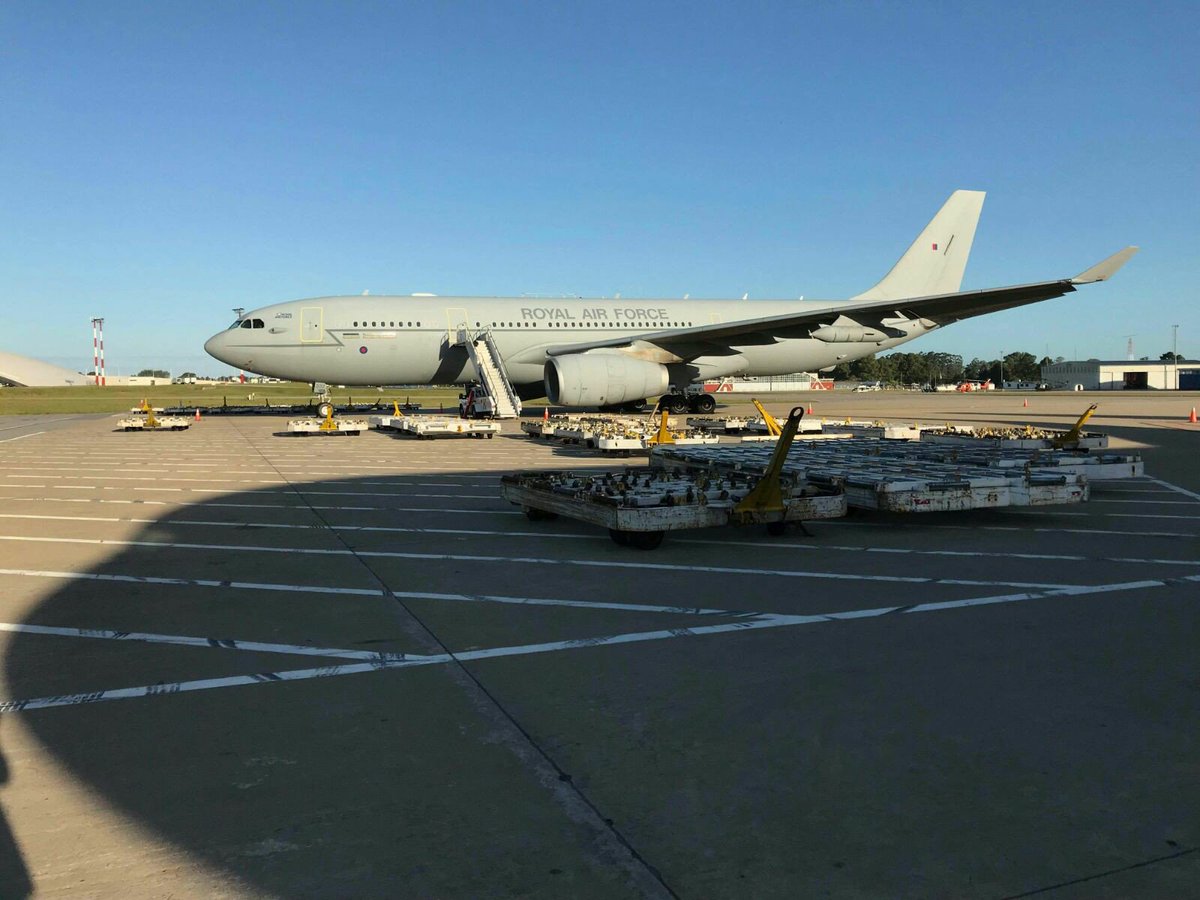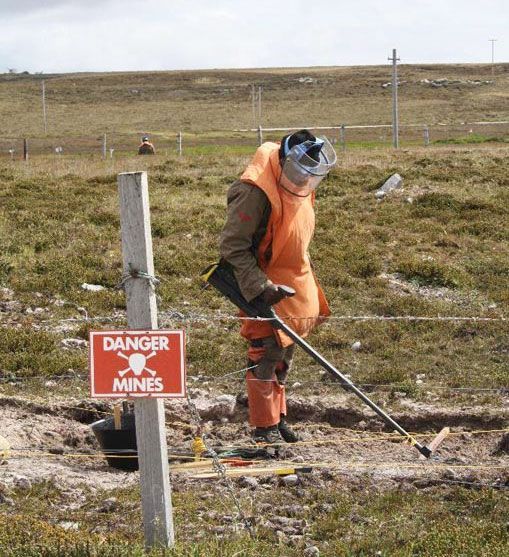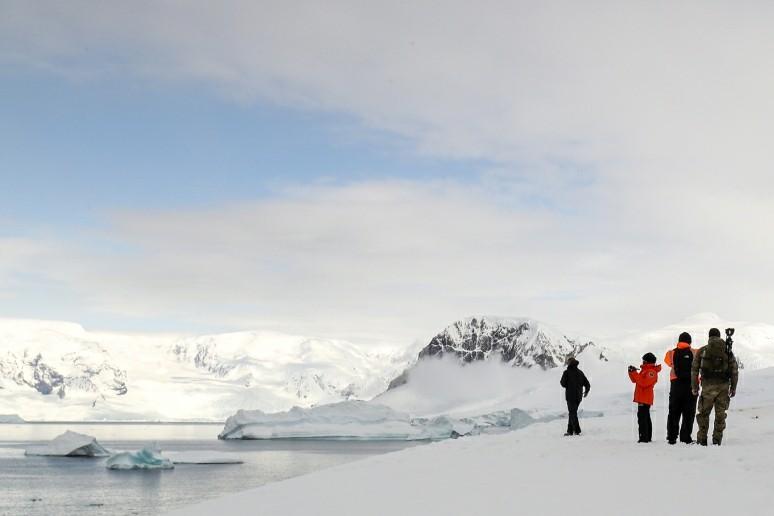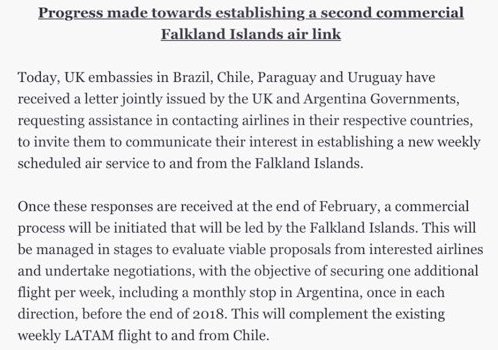Ups, van a tener que poner más plata.
Malvinaers want to move tourist airport... because flights are halted when wind blows
Tourism chiefs in the Malvinas Islands are calling for its international airport to be moved — because “it’s in the wrong place”.
They complain that too many flights are being cancelled at the main Mount Pleasant airport because of high winds.
The airport was completed in 1985 after the war with Argentina at a cost of £215 million. It is a military base but takes international flights because of its long runway.
Islanders claim it had been known since the Thirties that the area was exposed to strong winds, amplified by the nearby Wickham Heights hills. These “rotor winds” can cause severe low-level turbulence to landing aircraft.
Now tourism chiefs and local politicians are calling for a major upgrade to the civilian airport at capital Stanley to take international flights.
Similar problems have blighted the new airport on St Helena, also in the South Atlantic and built with £285 million of British taxpayers’ money. This suffers severe “wind shear” from surrounding mountains.
In the Malvinas, the runway at Mount Pleasant, which lies to the south-west of Stanley, is closed to passenger aircraft — sometimes for days at a time — whenever RAF Met officers forecast a risk of rotor winds.
During last year’s tourism season one flight in 10 was cancelled or postponed. One local operator, Andrea Coulson, told the Standard: “In a way, they have built the airport down at Mount Pleasant in the wrong place.
Everybody knew from the local shepherds and farmers about the ‘Wickham Heights Woolies’ since the Thirties.” Last year nearly 60,000 people visited the Malvinas, which has a resident population of just 3,200.
Most visitors came from cruise ships, on day trips to take in the museums, battle sites and colonies of penguins and seals.
Sally Ellis, who runs the Tourist Board and handles the LATAM airways franchise for flights to and from Chile, believes a lot more should be done.
“We could easily get 100,000 tourists here a year, but we need more flights — beginning with at least two flights a week from Chile, in bigger aircraft.”
She thinks the civilian airport at Stanley should be upgraded to modern international standards. The Malvinas’ government and the Ministry of Defence have agreed to examine the rotor winds problems.
The local government has also started to review “the feasibility of improvement to Stanley Airport”.
An RAF officer based at Mount Pleasant said the rotor winds roll down from the Wickham Heights and push the wings of the landing aircraft down, instead of giving it lift.
This is risk for bigger new aircraft like the RAF passenger plane and tanker, the A330 Voyager.
But critics claim the RAF cannot give warnings to pilots in real time. “The Chilean pilots for LATAM say they cannot get an update 30 minutes from landing as to whether the rotor winds are streaming,” said Ms Coulson.
“Most of them are used to flying in difficult conditions and know the risks.”
Raising the volume of commercial flights is crucial to the next stage of development of tourism.
She added: “We can’t just rely on getting a few civilian seats with the RAF from the UK, which means most of us rely on the one flight a week to Chile — and they are always fully booked.”
https://www.msn.com/en-gb/news/news...flights-are-halted-when-wind-blows/ar-BBJ4fxH














